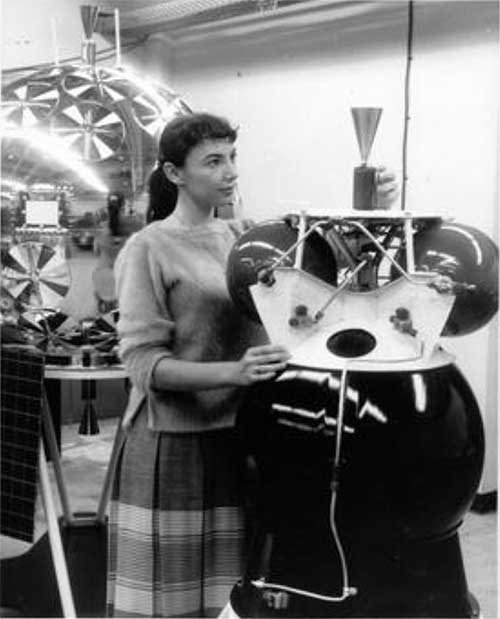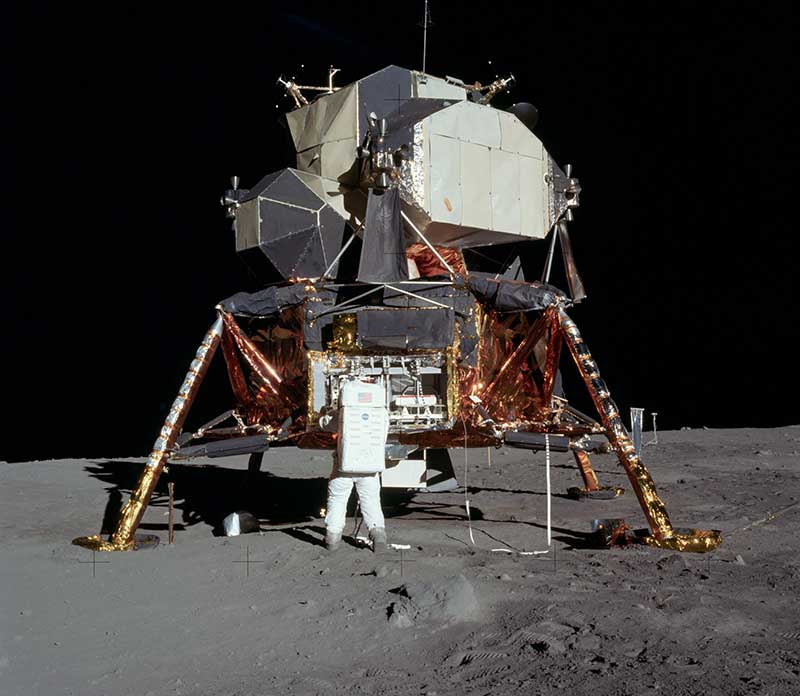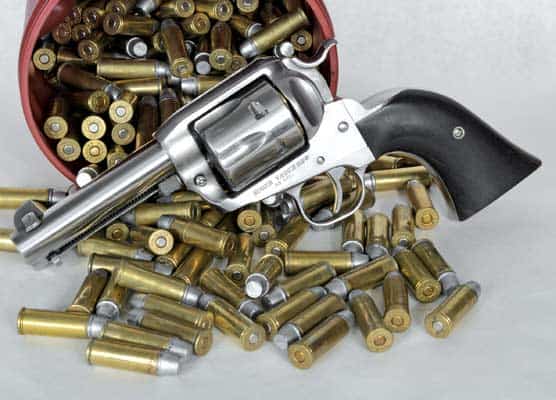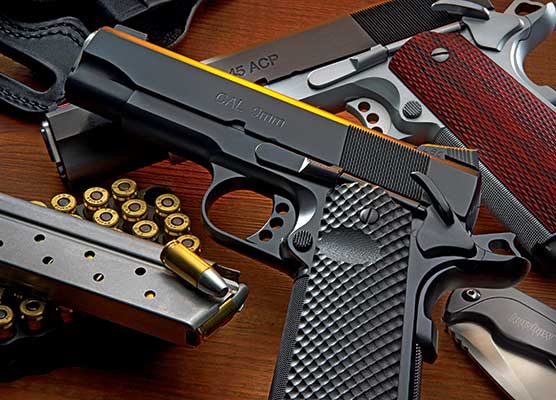The Path Less Traveled
How One Woman Helped Save The Astronauts Of Apollo 13
I started mechanical engineering school in 1984. In the entirety of the school, across all disciplines, there were exactly no girls, not a single one. For whatever reason, girls just didn’t pursue engineering back then.
Two of my kids went into engineering. The fairer sex is much more ably represented in such spaces nowadays. For a variety of reasons, it’s way better now.
If engineering school was fairly male-centric in 1984, it was positively testosterone-drenched back in the 1950s. However, there yet remained a few gleaming exceptions. One of those extraordinary standouts was Judith Love Cohen.
Judith Love Cohen
Judith Love Cohen was born in August 1933 to a Jewish family in Brooklyn, NY. At a time when women were not expected to attend a whole lot of school, Cohen feasted on books. By fifth grade, her classmates were paying her to do their math homework. She originally aspired to become a math teacher, but when it came time for college, she chose a different path.
By her 19th birthday, Cohen was a young engineering student. She was also dancing in New York’s Metropolitan Opera Ballet Company. After two years of studying in Brooklyn, she married Bernard Siegel, and they moved to California. While there, she worked days at the North American Aviation Company and attended the University of Southern California at night. While earning both her bachelor’s and master’s degrees in aerospace engineering, she later claimed that she never saw another female student.
Upon graduation, Cohen began working for Space Technology Laboratories (STL), which later became TRW, Inc. It was there she remained until her retirement in the 1990s.
Cohen specialized in aerospace guidance systems. Her major projects included the guidance computer for the Minuteman intercontinental ballistic missile and the ground station that supported the Hubble Space Telescope. Another was the Abort-Guidance System (AGS) for the Lunar Module (LM) that helped take Apollo astronauts to the moon.
Computer technology in the 1960s was unrecognizable from what it is today. The computer power most of us carry around in our cell phones would have seemed positively otherworldly back then. The AGS was a backup system designed to be used during the descent, ascent and rendezvous phases of the lunar missions in the event of failure of the primary guidance system. If all went well, the AGS would be nothing more than superfluous ballast. However, trips to the moon were the most technologically arduous endeavors in the history of mankind, and complexity on that scale means nothing ever goes according to plan.
When Good Plans Go Bad
In April 1970, Jim Lovell, Jack Swigert and Fred Haise blasted off from Cape Canaveral for the moon as part of the Apollo 13 mission. The seventh crewed mission of the program was to be the United States’ third manned trip to the lunar surface.
Damaged wiring insulation inside an oxygen tank resulted in an explosion that vented the contents of both of the Service Module’s oxygen tanks into space. In the absence of this oxygen supply, both the propulsion and life support systems on the spacecraft were inoperable. If NASA engineers could not conjure a solution immediately, the three men were going to die in the cold dark void.
The answer was to transfer the three astronauts into the two-man Lunar Module for use as an ad hoc lifeboat for the trip back home. The accommodations were cold, damp and terribly cramped, but the LM kept the astronauts alive. However, the lack of oxygen and potable water to cool the systems meant that the primary navigation system was worthless. It was Cohen’s AGS that guided the three astronauts home safely. The astronauts later traveled to her facility to offer their personal thanks.
After her retirement from engineering, Cohen embarked on yet another career as a writer. She started a publishing company called Cascade Pass that produced a series of popular children’s books focused on encouraging girls to pursue careers in STEM (Science, Technology, Engineering, and Math) fields. The books sold hundreds of thousands of copies.
Cohen was married three times and had a total of four children. Her second husband was Thomas William Black. In 1969, while pregnant, she was troubleshooting technical problems with the AGS when she went into labor. She took her printouts to the hospital and continued working on the problem until she solved it, telephoned her boss to explain the solution, and then delivered a son.
You may not have known Judith Love Cohen’s name prior to reading this. However, if you’ve ever seen the movies “School of Rock,” “Tropic Thunder,” “Nacho Libre,” or “Kung Fu Panda,” you’re familiar with her son. Her last child is the actor and comedian Jack Black. It was his grand entrance that briefly interrupted Judith’s design of the Apollo backup guidance system that ultimately saved the lives of three NASA astronauts.







